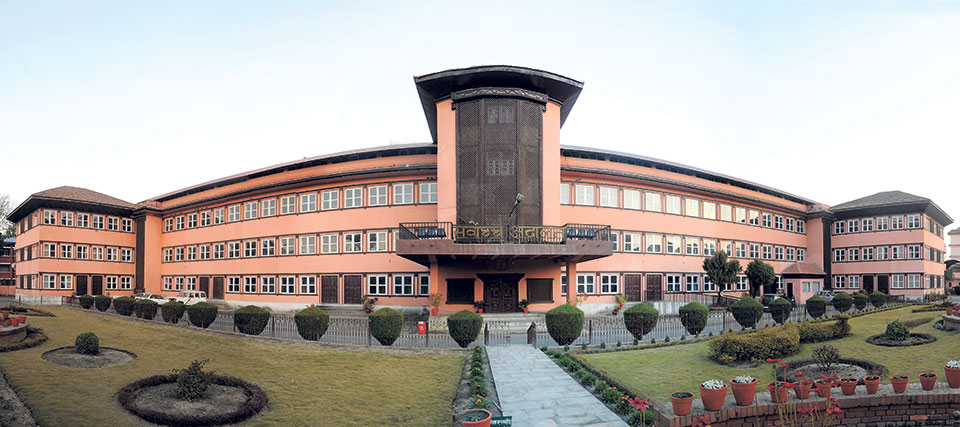The City of London Corporation´s 1297 Magna Carta is on show at the Guildhall Art Gallery. It is being displayed in the gallery´s Roman Amphitheatre -- chosen for its ambient low light conditions. [break]
The document includes king Edward I´s seal and the original writ directed to the sheriffs of London, ordering that the charter be proclaimed within the city.
It is on display as part of the Open House London weekend, where people have access to iconic buildings that are normally closed off to the public.
The Magna Carta was agreed by king John at Runnymede, west of London, on June 15, 1215 and confirmed as English law in 1297.
The "Great Charter" was effectively a peace treaty between the unpopular king and his rebel barons, but enshrined the principle that no man was above the law.
Detail of a copy of the Magna Carta dating from 1297, which is widely regarded as one of the finest surviving 13th-century copies. (AFP)
Over the centuries it guaranteed the liberties of the monarch´s free subjects and restricted his absolute power, thereafter becoming the template for constitutions and statutes of many other countries.
"The City of London´s Magna Carta is a beautiful document which, over the centuries, has been preserved carefully by our ancestors," said John Scott, chairman of the city´s culture, heritage and libraries committee.
"Magna Carta has now been moved permanently to the Guildhall which, in a sense, is its spiritual home.
"It is an extremely rare opportunity and I am sure that it will prove very popular."
infographics: Equity is not equalizing for female holders







































